Seasons – March 2020
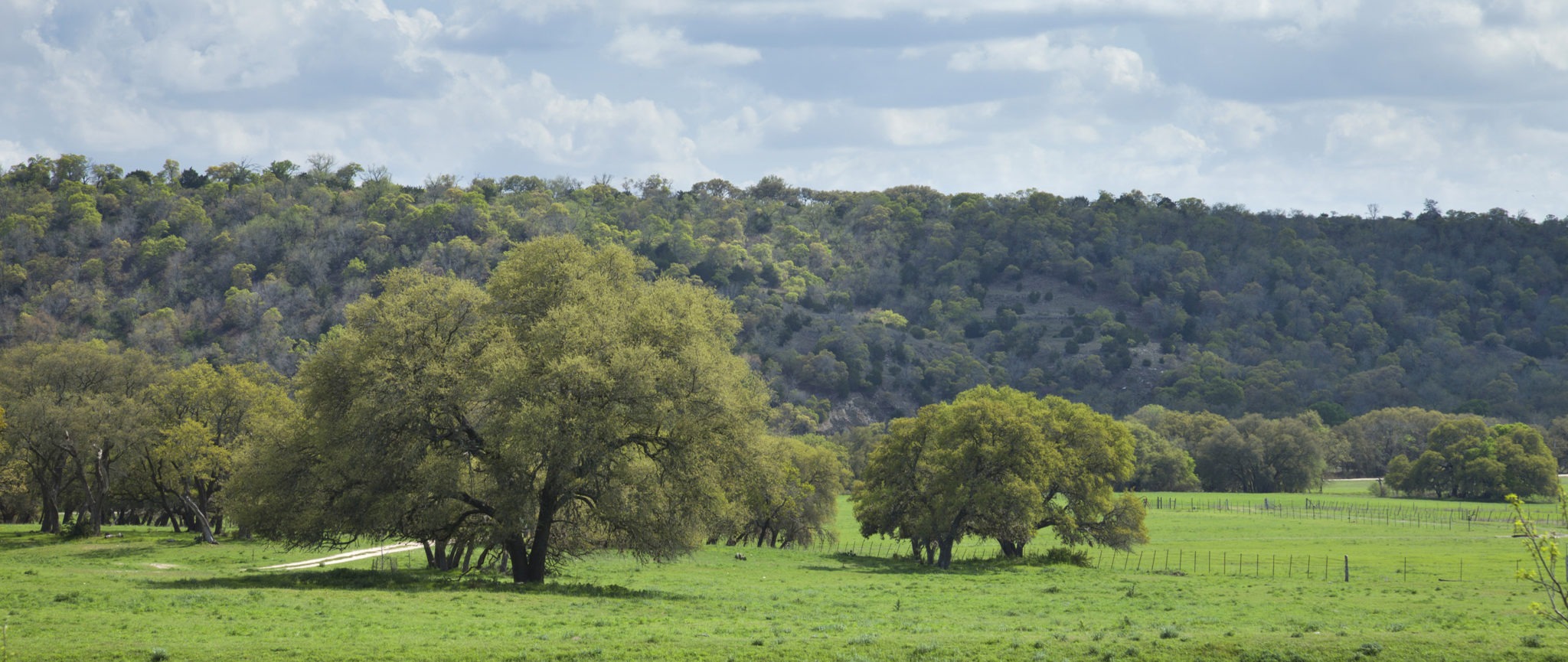
From the Plateau Land & Wildlife Management Team
Property tax season is upon us! With the April 30th deadline approaching fast, now is the time to either make the switch to Wildlife Management or be compiling documentation of your activities. In this issue of Seasons, you’ll find articles about real estate considerations for properties with Wildlife Management valuation, an introduction to the Texas Ecolab Program, a deeper look at the economic incentives of Open Space valuations, and more!
Until next season and Seasons,
The Plateau Team
Table of Contents
The Economic Value of Open-Space: A Refresher on Why it Matters
Wildlife Management Activity Reminder: Spring Wildlife Surveys
Service Spotlight: Seminars
The Texas Ecolab Program
Podcast: Special Use Tax Valuation for Agriculture
Plateau Land Group Featured Listing
Property Tax Perspectives: From Buyer to Seller
News for Texas Landowners
The Economic Value of Open-Space: A Refresher on Why it Matters
By Shane Kiefer, Director of Ecological Services, Certified Wildlife Biologist and Registered Property Tax Consultant
When tax bills arrived in the fall, you were no doubt reminded of the economic benefit of having a timber, wildlife, or agricultural valuation in place. In odd years, when the Texas Legislature is in session, we expect at least one or two newspaper articles about how some landowners are getting tax “exemptions” for having a few cows or some wildlife on their property and thus not paying their fair share. This often leads to the question, “Are they going to take away my wildlife or agricultural valuation?” You are no doubt aware of many of the benefits of open-space, but if you find yourself or someone else asking these questions, here’s a refresher.
There is strong protection built into the way the open-space (ag/wildlife valuation) law is structured, which should ease your mind a little. The laws that allow for a special valuation on open-space agricultural and wildlife lands are required by the Texas Constitution Article VIII, §1-d-1, which says that the legislature “SHALL provide by general law for taxation of open-space land devoted to farm, ranch, or wildlife management purposes on the basis of its productive capacity…”
This means that the legislature cannot simply pass a law to eliminate these special valuations. They can change the rules and requirements, but they cannot eliminate it without amending the constitution – only the people of Texas can do that.
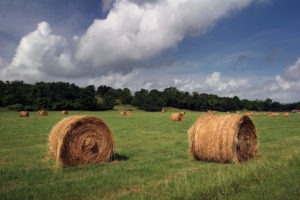
The premise that landowners enjoying the benefits of wildlife and agricultural valuations are not paying their fair share is a flawed one. To start, these are not tax “exemptions”. They are special valuations designed to tax land on its productive capacity instead of its market value. The truth is that owners of open-space land are helping to make up for deficits in delivering services to residential property. According to a compilation of studies from across the country by the American Farmland Trust, the median cost to provide services to working and open-space lands is only $0.37 for every dollar raised in tax revenue from those lands. This ratio is also known as the Cost of Community Services (COCS) ratio. The open-space land ratio is comparable to the ratio for commercial lands ($0.29/$1.00). In contrast, providing services to residential land costs $1.19 for every dollar raised. That means it costs more to provide services to all those people and houses than they pay in property taxes.
Texas lands are no different. Three counties in Texas had ratios ranging from $0.18/$1.00 – $0.33/$1.00, which means that Texas open-space land is even more cost-efficient than the national median. Despite the substantially higher revenues that residential use brings in over open-space land with those special valuations on it, the infrastructure and service needs for all that open-space land are much lower. As David Langford of the Texas Wildlife Association has said: “cows don’t go to school, songbirds don’t call 9-1-1, and crops don’t require the ‘jaws of life’ or Medivac helicopters after Saturday night smashups on the freeway.”
And remember, you are still paying market value on all the structures (if any are present) and the associated residential land on your property. The only land receiving the tax break is that used for wildlife or agricultural purposes, and that land requires virtually no government services.
Of course, there are lots of intangible and difficult-to-quantify reasons to support open-space including improved water quality, wildlife habitat, scenic views, etc. As wildlife biologists, these mean quite a bit to the Plateau team. As taxpayers, though, it is nice to see that the economics make sense as well.
As we begin a major election year, remember the value of open-space and talk to potential candidates about it. For anyone who wants to do away with ag, wildlife, and timber valuations, remember that if that occurs, a lot of land will hit the market with the resulting rapidly increasing taxes, driving prices (and tax revenues) down. And never forget that conversion of land to residential use may result in more tax revenue, but that comes with higher costs to the local governments who provide essential services, erasing any benefit to government coffers.
If you’re interested in converting to Wildlife Management, contact us at [email protected] or (512) 894-3479
Back to TopBack to TopWildlife Management Activity Reminder: Spring Wildlife Surveys
By Kameron Bain, Landowner Account Manager
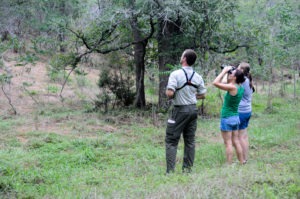 Spring is migration season for birds and monarch butterflies and breeding season for many species of wildlife, so it is a great time to get out and count.
Spring is migration season for birds and monarch butterflies and breeding season for many species of wildlife, so it is a great time to get out and count.
- Time-Area counts are structured surveys that involve sitting at representative points throughout your property for a set period of time (typically 10 minutes) and recording all wildlife seen or heard within a set area. These are typically done seasonally, but spring is a great time to start.
- Spring call counts for quail are structured surveys where independent listening stations are set up throughout your property to count individual quail calling in the early morning.
- Spring Breeding Bird Surveys are point-count surveys focused on birds that are seen and/or heard at representative stations throughout your property.
All of these surveys are most informative when conducted annually or more often to establish trends in wildlife use of your property.
To schedule a wildlife survey for your property, contact us at [email protected] or (512) 894-3479
Service Spotlight: Seminars
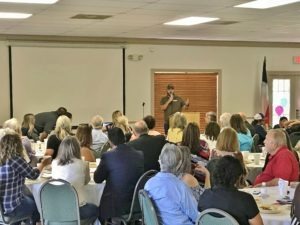 It’s Property Tax Season!
It’s Property Tax Season!
Landowners in Ag or Timber – Come learn how a wildlife management plan keeps your ag or timber valuation in place while improving the beauty of your land and ease of operation.
Plateau will present 11 seminars in various cities across Texas in March, explaining the ins and outs of wildlife management valuation, providing examples of qualifying activities, and being your resource for any questions or concerns you may have about managing for native Texas wildlife.
You can find the schedule of locations on our event directory.
The deadline to file for an ag or timber valuation is April 30, 2020. Contact us today to get started on your Plateau plan!
Back to TopBack to TopThe Texas Ecolab Program
By Jenna Brockman, Braun & Gresham Paralegal
The Texas Ecolab Program is an alternative for landowners wishing to explore agricultural options but whose land is not conducive to Ag or timber production. The Ecolab program gives universities crucial access to private land for research opportunities while allowing landowners to gradually attain agricultural qualifications.
By partnering with university researchers, landowners host confidential ecological research on their property for five years to establish a “history” of research with their Central Appraisal District. Changes in the program starting in 2021 allow the property owner to qualify their property for Ecolab in the sixth year and are then eligible to transition to Wildlife Management in the seventh year.
Braun & Gresham has successfully achieved Ecolab status for over 390 landowners since 2004. We have also secured more than 60,678 acres of land for ecological research and gained approval for Ecolab applications in 51 counties.
To learn more about the program, visit https://braungresham.com/texas-ecolab/ or contact us at (512) 894-5426.
Back to TopBack to TopPodcast: Special Use Tax Valuation for Agriculture
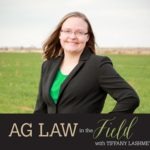 Join Braun & Gresham Principal, Attorney and Counselor, Cassie Gresham on March 9th for a podcast about Special Use Tax Valuation for Agriculture, hosted by Tiffany Lashmet with the Texas A&M AgriLife Extension. Tiffany’s Ag Law in the Field podcast hosts a variety of speakers discussing all things agricultural law, and offers these free podcasts for landowners that work in the field and deal with these issues every day.
Join Braun & Gresham Principal, Attorney and Counselor, Cassie Gresham on March 9th for a podcast about Special Use Tax Valuation for Agriculture, hosted by Tiffany Lashmet with the Texas A&M AgriLife Extension. Tiffany’s Ag Law in the Field podcast hosts a variety of speakers discussing all things agricultural law, and offers these free podcasts for landowners that work in the field and deal with these issues every day.
Peruse past podcasts for episodes relevant to you and your land, and be sure to check back on March 9th for a special episode by our very own property tax attorney: http://aglaw.libsyn.com/
Back to TopBack to TopPlateau Land Group Featured Listing
Hilltop Homestead
40 Acres, $549,900
Blanco, Blanco County, TX
This Hill Country gem offers plentiful live oak trees and panoramic views from the hilltop; a perfect site to build your dream home. A community-wide Wildlife Management tax valuation keeps taxes low at just $68 per year. The property is fully fenced and sits at the end of a quiet cul-de-sac just minutes from local attractions and amenities and less than 1 hour from Austin and San Antonio.
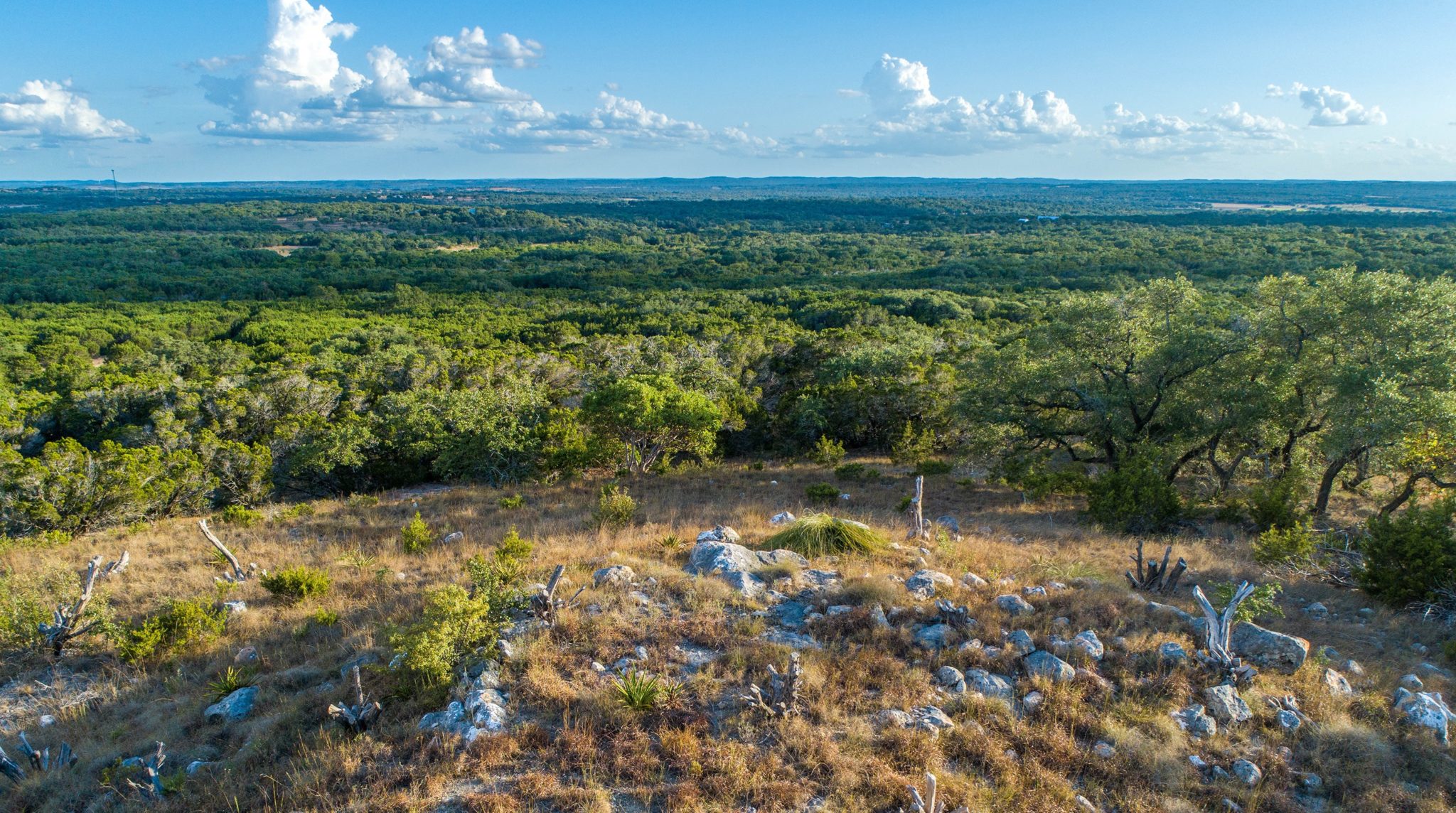
View all of Plateau Land Group’s listings.
Click here to receive Plateau Land Group’s newest listings by email.
Property Tax Perspectives: From Buyer to Seller
By Craig Bowen, Plateau Land Group Broker of Record and Managing Partner
Property taxes aren’t fun. They are, however, important and different depending on where one is in the landowner journey. In fact, there are three distinct “experiences” you can have with Texas property taxes given the phase of your landownership. A person will have a vastly different property tax experience depending on whether one is buying, currently owns, or is imminently selling his or her land.
You need a basic understanding of the relevant bits of Texas property tax code before owning land here. Texas property taxes are notoriously high (“but we don’t have a state income tax”), and about 95% of Texas is privately owned. Since Texas’ economy is historically agricultural, the tax code reflects certain benefits for landowners. Chiefly, Texas and many other states have a special designation for agricultural land; these designations, exemptions, and “valuations,” as Texas calls them, bear immediate and long-term financial advantages for the landowner. These designations in Texas include timber, agriculture, and wildlife, and the property will qualify if it is “devoted principally” to these respective uses. For example, Tax Code Section 23.521 and Comptroller Rules 9.2001-9.2005 allow for the management of native wildlife as an agricultural use so long as the owner is practicing three of seven specific ways to propagate a sustaining breeding, migrating or wintering population of indigenous wild animals for human use. Similarly, if a rancher has the appropriate number of Angus yearlings to meet the minimum grazing intensity requirements set by the appraisal district, they “qualify” for the agricultural valuation.
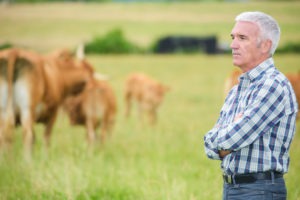
So, how do these valuations help the landowner? Most tracts over twenty acres in Texas have some special use valuation like ag or wildlife. These we can refer to as 1-d-1 Open Space Agricultural Valuations, named for their location in the Texas Constitution, or as “ag.” If a property does not have an ag valuation, it takes up to five years of use and some amount of paperwork to obtain any of the special use valuations. In Texas, the county appraisal district establishes an appraised value for individual properties based on a “blanket” / acre number for raw land in given counties or within areas of a county.
The property taxes are equal to the tax rate multiplied by the appraised value so that a $1 million property taxed at a 2% rate incurs a $20,000 tax bill. The agricultural valuation lessens this burden on landowners by instead using a “productivity value” of the property instead of the appraised “fair market value,” or the amount the property is worth in a purchase on the open market. The productivity value is derived from local agricultural trends, but might be something like $10,000 for that same $1 million property. The tax rate does not change, so the property taxes equal the $10,000 productivity value multiplied by a 2% tax rate, or $200. This $19,800 savings theoretically goes into the landowner’s pocket, and thus the local economy benefits from not only the beef or wine grapes or songbirds the landowner is producing on her property, but also her slightly higher profit margin given the mitigated tax bill. To somewhat complicate things, there is an exit penalty – rollback taxes are assessed if a landowner under an ag or wildlife valuation decides to “change the use” of his property. This change in use is usually related to full-scale residential or commercial development, and the appraisal district assesses five years of the difference between the fair market value tax assessment and the ag assessment, essentially forcing the landowner to pay five years in back taxes…with interest, no less.
Buyer’s Perspective
Buyers need to look at property taxes cautiously. The rural land real estate market in Texas is less sophisticated than the residential market, and misinformation exists everywhere. If a property is advertised as “ag exempt,” it’s a good idea to check the county appraisal district website, anyway. There are expensive long-term consequences to purchasing a Texas property not in ag or wildlife. Buyers are concerned with deadlines during the contract phase of their real estate purchase, but it does not stop there. April 30th is the filing deadline for Texas property taxes. If a buyer closes on his property on April 29th, he needs to be prepared to file paperwork with the county appraisal district to change the property and, thus, the ag valuation into his name the following day. Conversely, if a buyer closes on June 2nd, she theoretically has until the following April 30th to conduct the same filing. Most appraisal districts allow for fee-based late filings until around May 15th. The appraisal district will send a prorated tax bill sometime in the last quarter.
By this time, the buyer understands how the seller currently manages the property taxes – in ag with beef production or in wildlife management managing for native white-tailed deer, for example – and should have a plan to continue the past use or change within the special use valuations. If the buyer does not wish to run cattle but likes the idea of having cattle on the property, she can lease the grazing rights to a local rancher and keep up the ag valuation this way into perpetuity. The wildlife management valuation is an excellent solution for conservation-minded landowners who do not want to deal with livestock or tenants and is becoming the most popular way for non-ag land buyers to obtain a special use valuation.
Once a buyer has settled on realistic long-term property use and property tax management strategy, she needs to set herself up for success. For instance, managing for native chickadees and bluebirds on 40 acres in Williamson County is a realistic long-term strategy that will succeed. The tax code allows for these native target species on that size property under the wildlife management valuation, and the management activities – realistic examples would be implementing nest boxes for supplemental shelter, feeders for supplemental food, fire ant treatment for predator control, and a biannual bird survey for census – are relatively inexpensive and not physically demanding. This landowner needs to research where to purchase her ten nest boxes and feeder, buy her preferred fire ant treatment, and schedule bird surveys with her local birder group or Plateau Land & Wildlife. She must conduct her activities and document them in case the appraisal district asks for a report. It is fair to say managing property taxes in this way is a bit of work – however, the savings are almost always worth the effort. The main goal of the landowner in this phase is to make an incontrovertible effort in obtaining and keeping up with whatever special use valuation is in place.
Seller’s Perspective
If a landowner decides it is best to sell the property, the process is a simple one for the seller. He needs to make sure he pays his proration of the taxes for that year at closing; the special use valuations do not transfer to other properties, and the benefits end with the sale.
The Texas property tax code has many favorable regulations for modern landowners. A good tax strategy is just as important to a ranch as a good road system. Understanding special use valuations can help today’s landowners better manage their property while saving tax dollars.
If you are considering buying or selling land, Plateau Land Group can assist. Contact us at (512) 829-5287 or [email protected]
Back to TopBack to TopNews for Texas Landowners
Record Number of Acres Treated with Prescribed Fire in Texas
Article by Alexandra Reynolds with Texas A&M AgriLife Extension
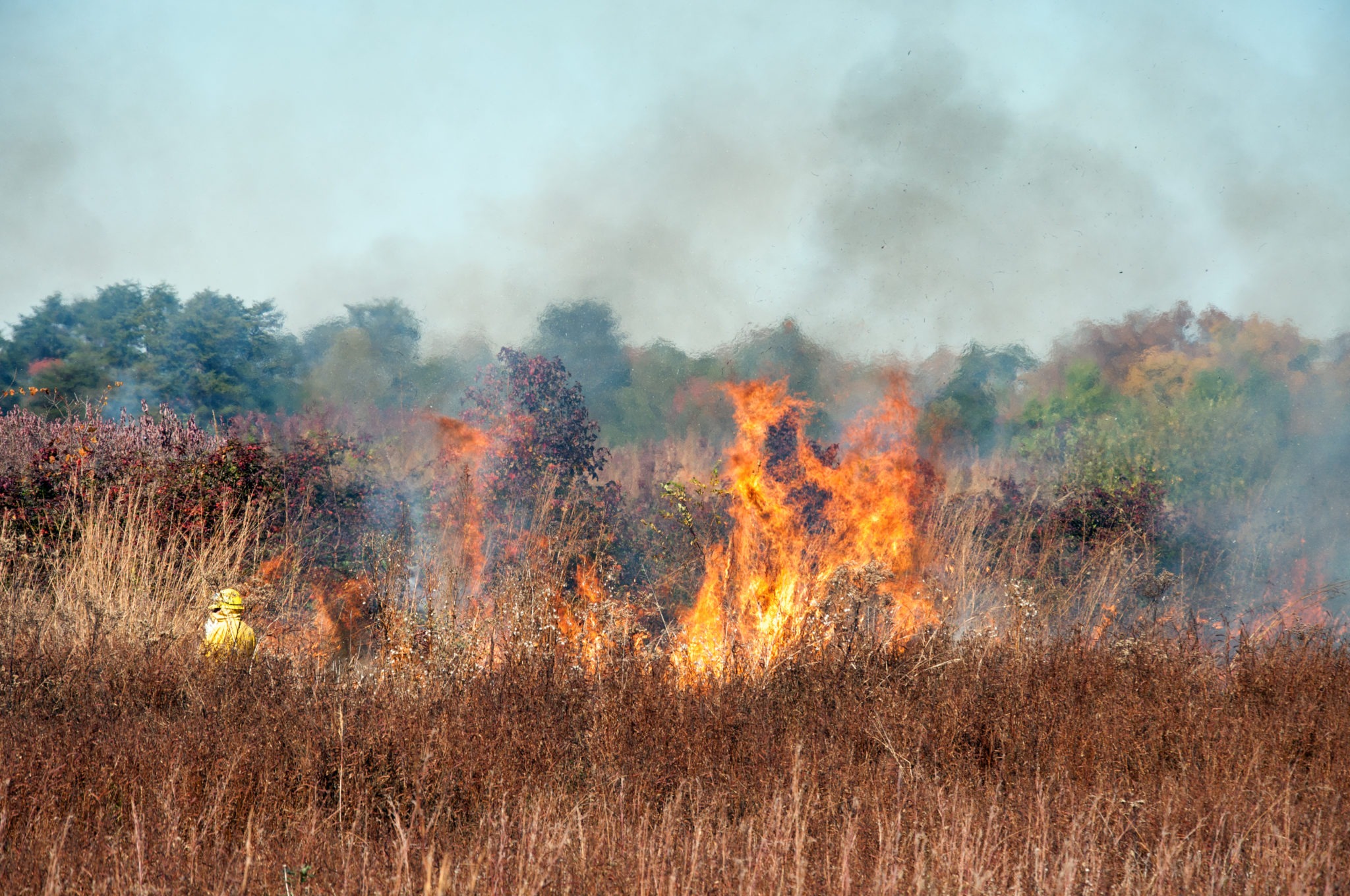
Texans are using prescribed fire more than ever to manage land and mitigate wildfires. A recent statewide survey found that 402,017 acres were treated with prescribed fire in Texas during 2018.
That’s an increase of nearly 50,000 acres from the previous year, due to Texans using prescribed fire to manage their land in one of the most successful and cost-effective ways, and Texans also are doing a better job at reporting the use of prescribed fire.
“In a state as vast as Texas, no one agency has the sole responsibility of conducting and reporting all prescribed burning,” said Andy McCrady, Texas A&M Forest Service fuels coordinator. “We take a collaborative approach to land and fire management…”
Resilience Along a River: Wimberley Woman’s Flood Disaster Offers a Chance for Rebirth
Article by Daniel Oppenheimer for Rock & Vine Magazine
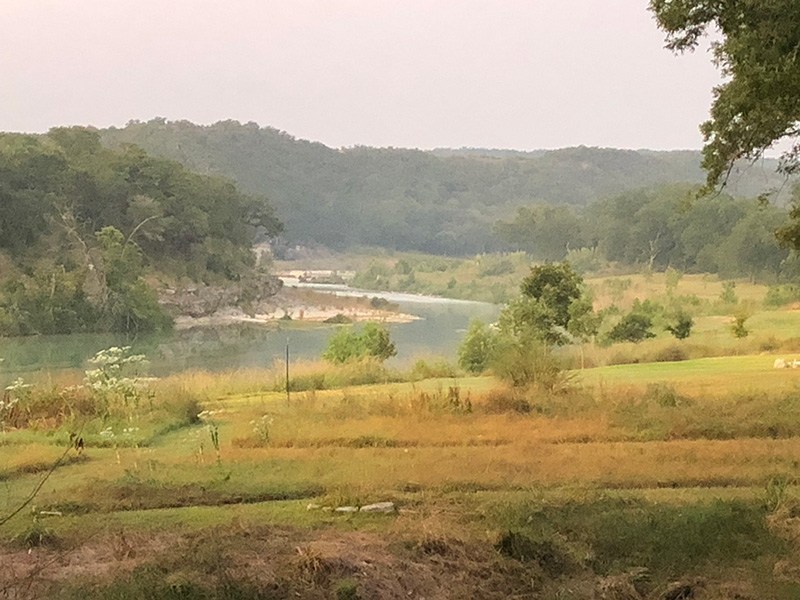
It’s a crisp November afternoon and landowner Suzanne Davis is admiring native bald cypress seedlings while cutting back invasive Brazilian verbena along her stretch of the Blanco River.
Davis and her husband, Edward, live in Wimberley, where, four years ago, the Blanco River rose more than 20 feet in an hour — over 40 feet at its peak — causing extensive devastation to property and life.
“The destruction all around was incomprehensible,” she said. While the couple had to start over with their house as well as the land, they consider themselves lucky.
Suzanne and Edward’s portion of property along the Blanco River had Saint Augustine grass and mature Bald cypress trees. Then the flood removed all vegetation leaving behind a stark canvas…
NRI Publishes Status Update and Trends of Texas Working Lands 1997-2017
Article by Texas A&M Natural Resources Institute
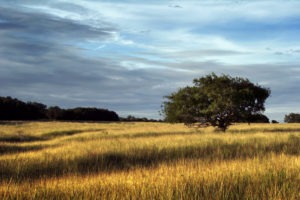
The new Texas Land Trends report Status Update and Trends of Texas Working Lands 1997–2017, produced by NRI, has now been published. Land-trends reports have informed private and public landowners and decision-makers for more than two decades.
“With this report, we are able to examine new patterns and identify trends following the release of the Census of Agriculture datasets by the U.S. Department of Agriculture National Agricultural Statistics Service,” said Roel Lopez, Ph.D., director of the NRI. This most recent report is the fifth iteration and specifically describes the status and recent changes in land values, ownership size and land use of privately-owned Texas working lands.”
Lopez said some highlights of the report relate to the areas of population growth, changing land values, ownership size and working lands…
Chronic Wasting Disease Discovered at Deer Breeding Facility in Kimble County
Press Release by Texas Parks & Wildlife
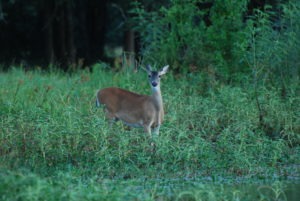
AUSTIN – Chronic Wasting Disease (CWD) has been discovered in a 5 ½-year-old white-tailed deer in a Kimble County deer breeding facility, marking the first positive detection of the disease in the county.
The tissue samples submitted by the breeding facility as part of routine deer mortality surveillance revealed the presence of CWD during testing at the Texas A&M Veterinary Medical Diagnostic Laboratory (TVMDL) in College Station Feb. 6. The National Veterinary Services Laboratory in Ames, Iowa, confirmed the findings on Wednesday, Feb. 26.
Officials have taken immediate action to secure all cervids at the Kimble County deer breeding facility with plans to conduct additional investigation for CWD…
Festival in Dripping Springs Celebrate Hill Country Living
Press Release by Hill Country Alliance

The Hill Country Living FESTIVAL + Rainwater Revival returns to the Dripping Spring Ranch Park on Saturday, April 4, from 10am to 5pm. This free, one-day event promises something for everyone who loves the Texas Hill Country — whether you call it home now, plan to make it home in the future, or just like to visit and play here.
The Hill Country Alliance (HCA), FESTIVAL planner and host, has once again packed the day with fun things to do and good things to learn about living lightly in our precious Hill Country. In 2020 we celebrate the 10th anniversary of the Rainwater Revival with attractions that include a green living Vendor Hall, a Hill Country Marketplace for artists and artisans, a native plant sale, exhibits and demonstrations from the Texas Night Sky Festival® team, and numerous opportunities to learn more about land stewardship…
Back to TopBack to Top



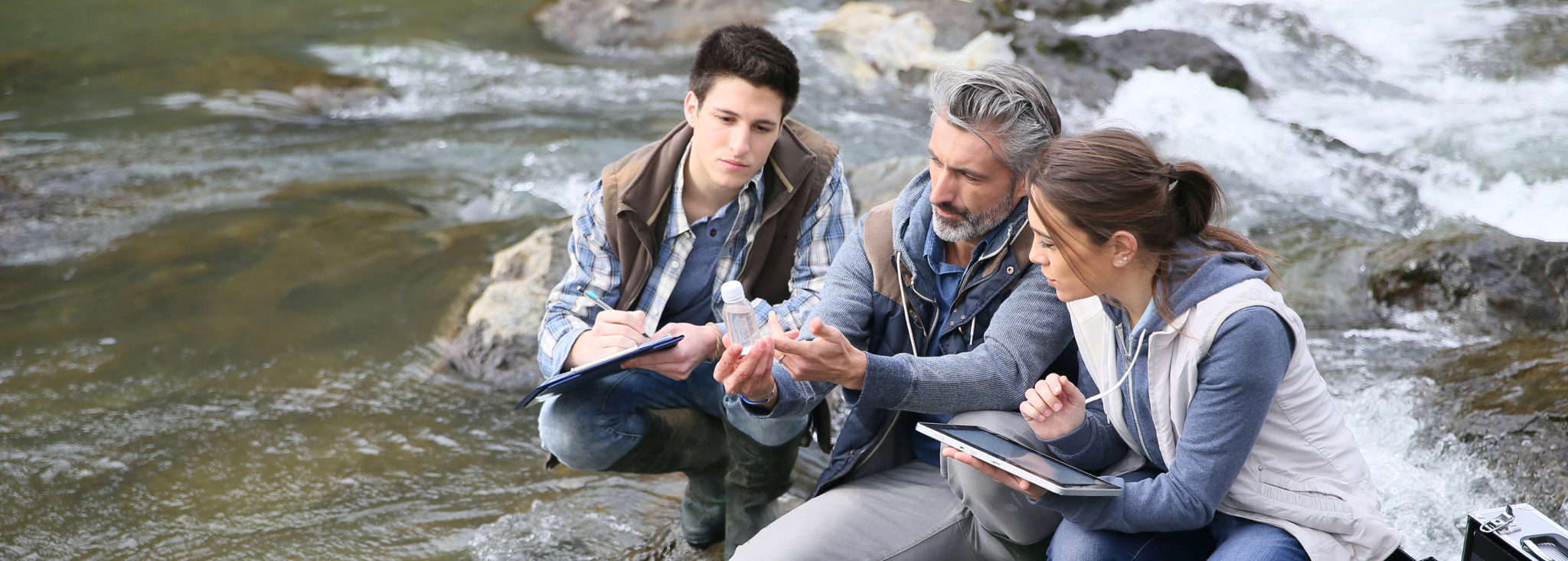




Sorry, the comment form is closed at this time.